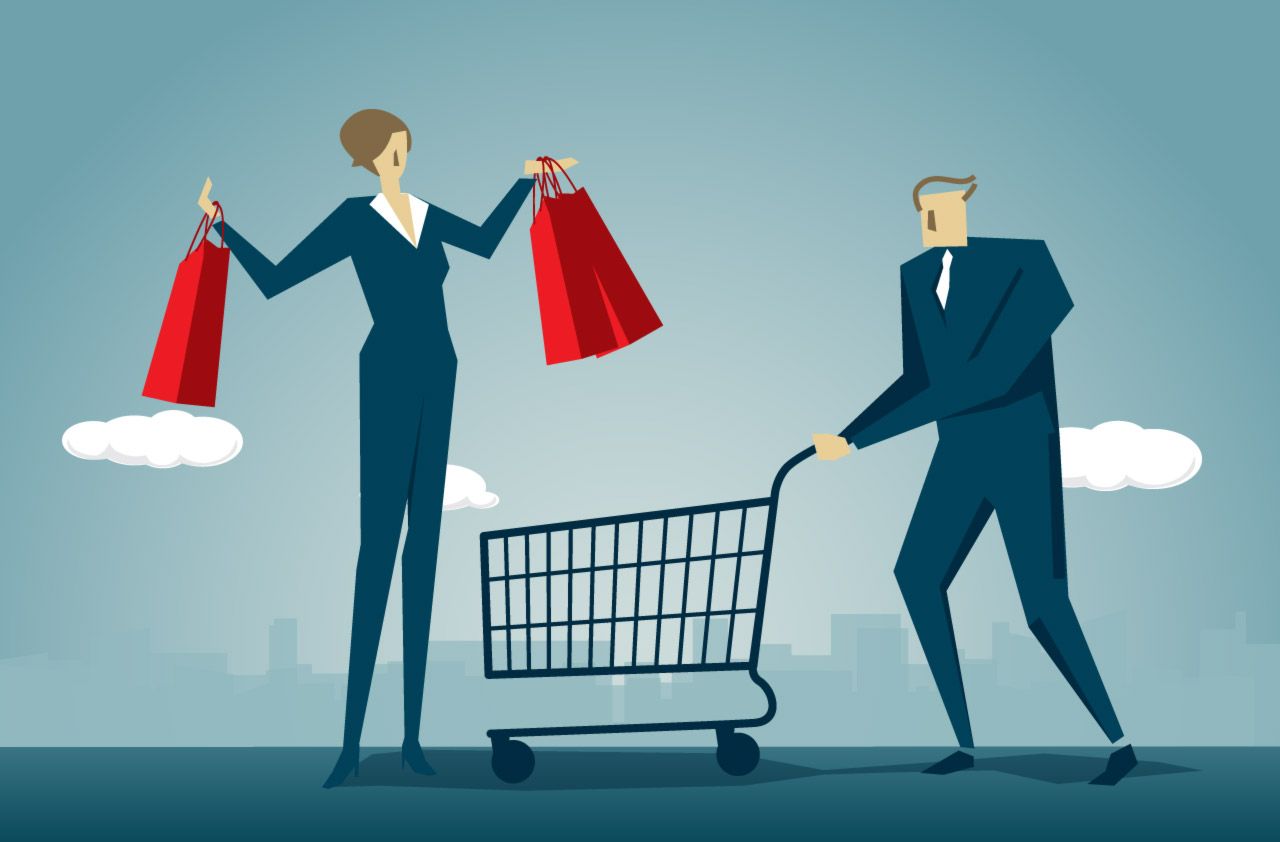
Kiplinger’s Economic Outlooks are written by the staff of our weekly Kiplinger Letter and are unavailable elsewhere. Click here for a free issue of The Kiplinger Letter or to subscribe for the latest trends and forecasts from our highly experienced Kiplinger Letter team.
Retail sales excluding autos, gas and restaurants were flat in September, according to just-released government data (a release date for October data has not been determined yet). It was not surprising that growth paused in September after being strong the entire summer. E-commerce sales dipped a bit following a strong August. In-store sales grew a moderate 0.2%. Motor vehicle sales decreased a modest amount.
Restaurant and fast-food sales grew strongly for the second consecutive month. Spending on eating out is an important signal as to whether consumers feel flush or constrained, so the upward trend in this category shows consumers are not tapped out yet. Spending on services excluding dining rose 0.5% in August, the strongest growth this year. (August is the latest month for which services spending data other than dining are available.)
Holiday sales should grow around 3.6% from a year ago, nearly the same growth as last year, though this will represent less growth in real spending because inflation has been higher this year. There is evidence that consumers are economizing, particularly moderate- and lower-income households. In credit card data, the average value of purchases of services has declined, even though transactions have increased. That means that consumers are trading down, such as going to fast-food places instead of full-service restaurants.
Consumer spending growth is likely to be weaker going into next year, because there are too many headwinds. Consumer sentiment measures appear to be softening, again. First, the hiring slowdown in the labor market is creating job anxiety, even among those who are already employed. Households tend to cut spending and add to savings when the possibility of losing a job looms. If the unemployment rate or initial claims for unemployment rise, that fear will intensify. Second, price increases caused by tariffs are starting to show up among home furnishings and other imported goods in the Consumer Price Index. Price increases could become more prevalent as inventories of goods that were stockpiled ahead of the tariffs start to run down, and merchants begin passing on the cost of tariffs on goods they have imported recently. Consumers should pull back on purchases of imported goods as this happens.
There will be one tailwind, though: Stock market capital-gain distributions are likely to be strong at the end of the year, so there could be a spending bump among wealthier households when this happens. Motor vehicle purchases may get a boost, for example.







